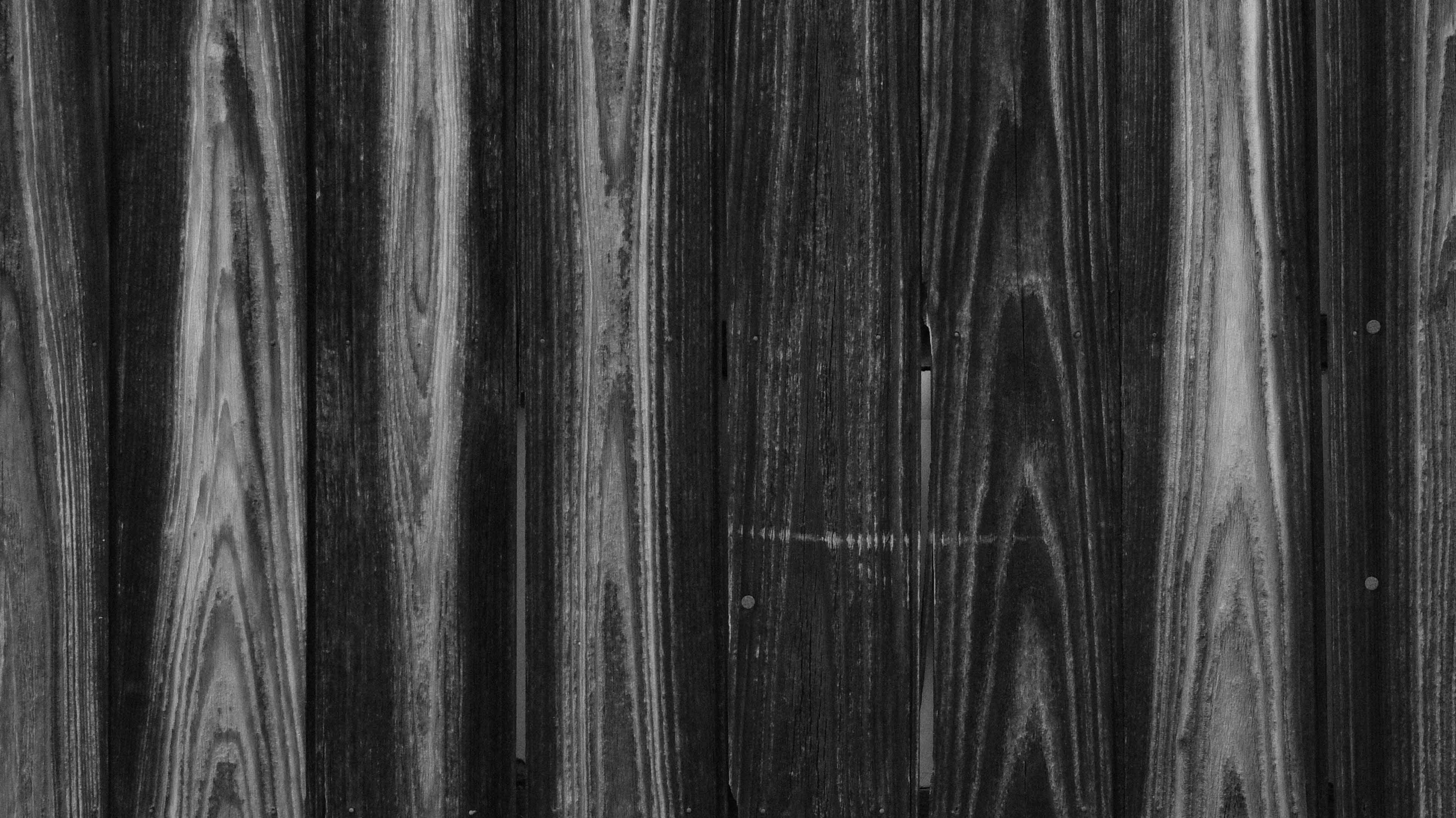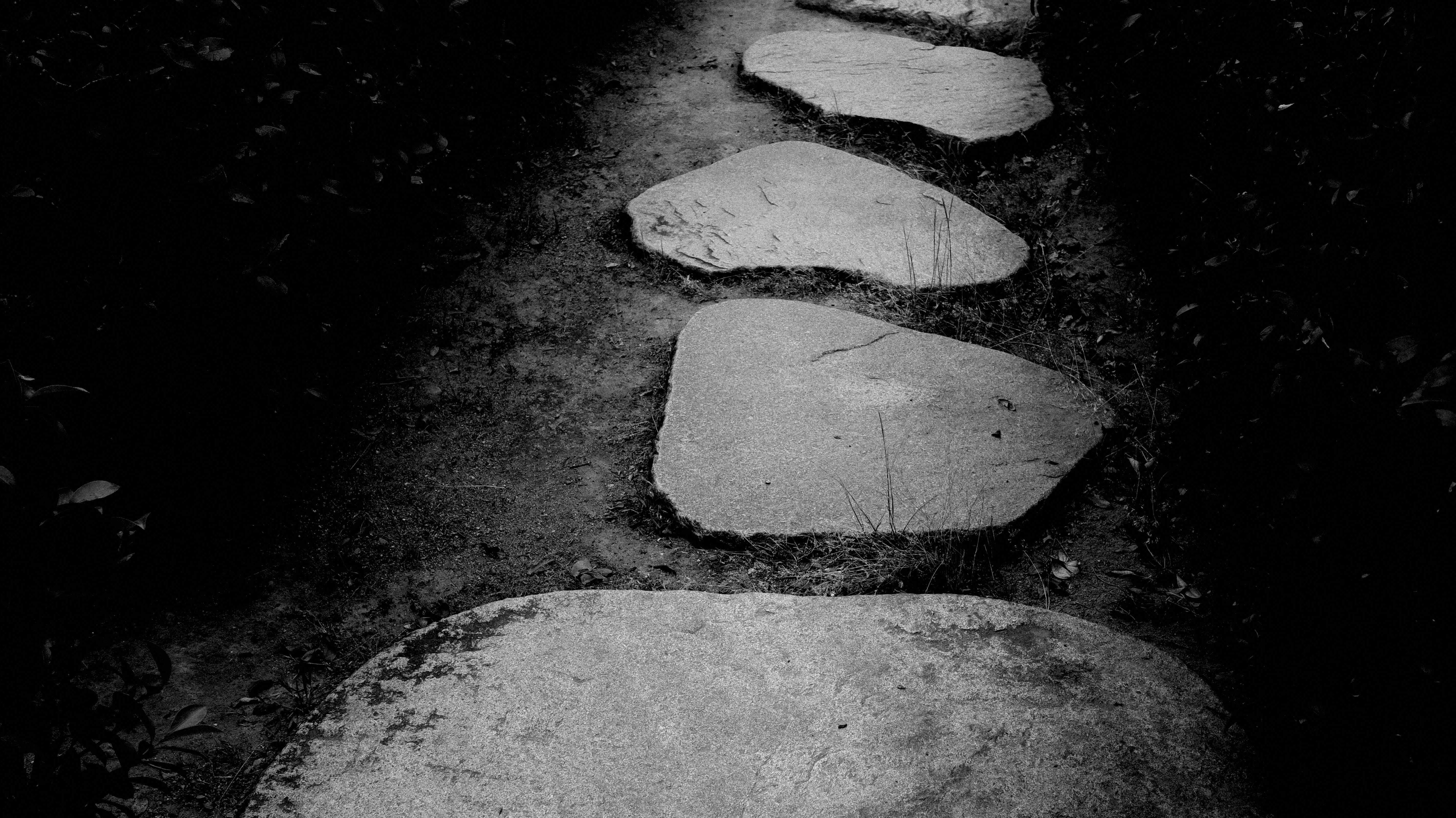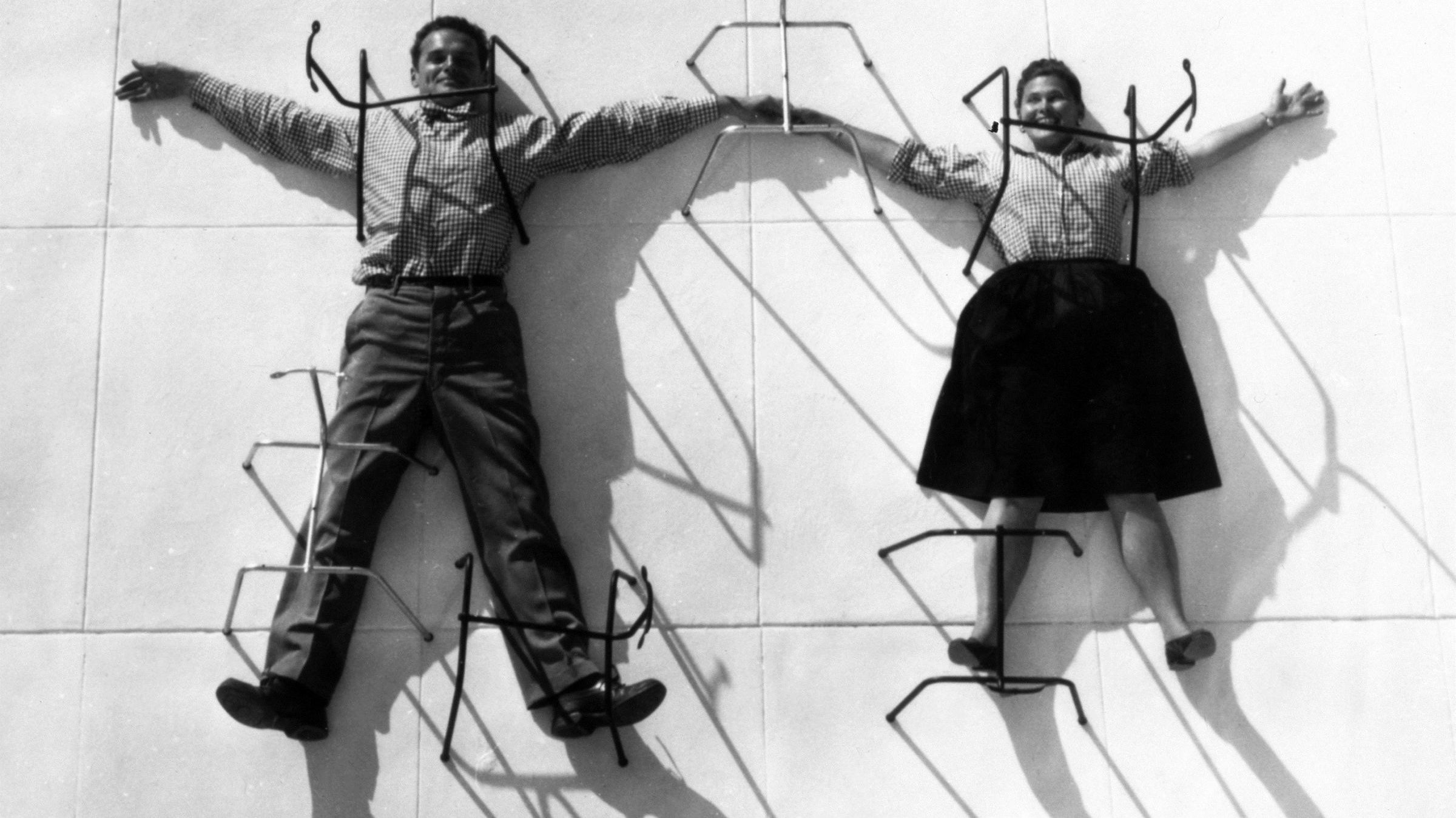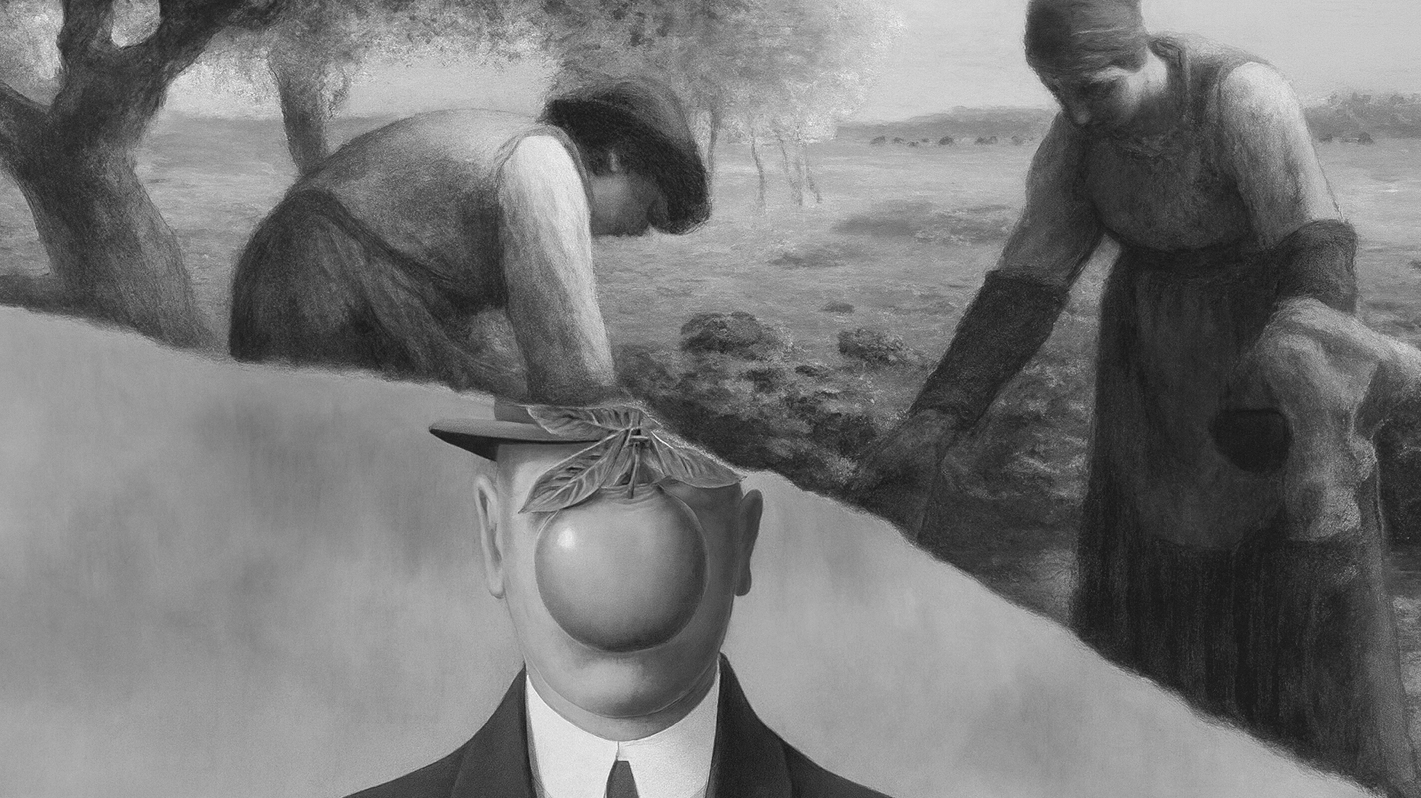(Dadaism: The Anti-Art Movement in Modern Art - dans le gris)

Duchamp smoking in front of Fountain, Duchamp Retrospective, Pasadena Art Museum, 1963.
Definition of Dadaism Art
According to Tate's definition of Dadaism, Dadaism was an art movement formed during the First World War in Zurich as a negative reaction to the horrors and folly of the war. The art, poetry, and performances produced by Dadaist artists are often satirical and nonsensical in nature. Dadaist artists felt the war called into question every aspect of a society capable of starting and prolonging it, including its art. Their aim was to destroy traditional values in art and create a new form of art to replace the old.
Dadaism mocked and antagonized the conventions of art itself, emphasizing the illogical, irrational, and absurd. The main purpose of the Dada art movement was to challenge social norms and deliberately create art that would shock, confuse, or outrage people. It is characterized by deliberate irrationality, rejection of traditional art standards, and embrace of chaos and absurdity. Dadaist artists often used collage, montage, and assemblage of disparate elements in their work. Many of these artists held left-wing political views and their creations questioned every aspect of society and culture.
Historical Context of Dadaism
Before exploring Dadaism further, it's essential to understand its historical context, which clarifies why the movement aimed to dismantle traditional art values. Here are crucial historical factors that shaped the development of Dadaism:
Responding to World War I Chaos
Dadaism emerged in Zurich around 1916 during World War I amidst societal upheaval, disillusionment, and a desire to defy conventional norms. The Dada art movement gained momentum in the chaotic post-war period, expressing nihilism and absurdity in response to the devastation wrought by the war. Dadaists positioned themselves as rebels within the art world, influencing subsequent major movements like Surrealism and Conceptual art.
From Cabaret Voltaire to the Birth of "Dada"
When scholars discuss the origins of Dadaism and the birth of its name, it is widely believed to have started in Zurich, Switzerland, at a satirical nightclub known as the Cabaret Voltaire. This venue quickly became the epicenter of the Dada art movement, providing a platform for artists, writers, and intellectuals disillusioned by World War I to experiment with radical ideas and artistic expressions. Hugo Ball, the founder of the nightclub, is credited with coining the name "Dada." While the exact origin of the name remains debated, some suggest that "Dada" was chosen for its evocation of childishness and absurdity, qualities that would come to define the movement.
(Dadaism: The Anti-Art Movement in Modern Art - dans le gris)

Man Ray with the Dada group in 1922: Chardourne, Tzara, Soupault, Man Ray, Eluard, Rigaut, Madame Soupault, Dessaignes.
(Dadaism: The Anti-Art Movement in Modern Art - dans le gris)
However, regarding the exact origin of the word "Dada," many art historians attribute its emergence to a significant night at the Cabaret Voltaire. It is said that the artist Richard Huelsenbeck and writer Hugo Ball randomly picked the word 'dada' from a French-German dictionary. In Romanian, "dada" means "yes yes," while in French, it refers to a "rocking horse" or "hobbyhorse." They were drawn to its nonsensical quality and began using it to describe the absurdist art they and their contemporaries—such as Tristan Tzara, Jean Arp, and Marcel Janco—were creating at that time.
The Political and Social Critique of Dadaism
Dadaism emerged during World War I, a period that deeply unsettled Europe and caused widespread disillusionment. This context fueled Dadaists' critiques across all aspects of society, including politics and social norms. Dadaist vehemently opposed the war's brutality and criticized nationalist rhetoric that glorified conflict while ignoring its devastating consequences. Additionally, they condemned bourgeois society as morally bankrupt, holding it responsible for perpetuating war and inequality. Many Dadaists embraced leftist political views, aligning with anarchist or communist ideologies. They viewed traditional political structures as oppressive and used their art to challenge and subvert these norms, often through radical performances and manifestos.
(Dadaism: The Anti-Art Movement in Modern Art - dans le gris)
The Characteristics of Dadaism
After understanding the historical factors that shaped the development of Dadaism, let's explore the recognizable characteristics of Dadaism art:
Anti-Art
In understanding Dadaism's historical context, it becomes evident that the concept of "Anti-Art" was fundamental to its philosophy and practice. Dadaist artists embraced irrationality, nonsense, and absurdity as central elements of their art, aiming to shock and provoke viewers with works that defied logical explanation or interpretation. A prime example is Marcel Duchamp's Fountain from 1917, where Duchamp challenged traditional notions of craftsmanship, originality, and aesthetic value by presenting a mass-produced object as art, thereby questioning established art discourse that had prevailed for centuries.
Through "Fountain" and similar acts of artistic rebellion, Dadaism not only critiqued societal conventions but also pioneered a conceptual shift in art, emphasizing conceptual ideas over traditional artistic skills. These not only inspire artists to challenge and innovate but also influence the emergence of Conceptual art.
(Dadaism: The Anti-Art Movement in Modern Art - dans le gris)

Marcel Duchamp, Fountain, 1917.
(Dadaism: The Anti-Art Movement in Modern Art - dans le gris)
Nonsensicality and Irrationality
Even today, imagine seeing an everyday object displayed in a gallery or museum and questioning whether it qualifies as art. This ambiguity is a characteristic feature of Dadaism, which often features irrationality, humor, and silliness. Dadaists used humor to provoke reactions from viewers and challenge the seriousness associated with traditional art forms.
For instance, Man Ray's "The Gift," created in 1921, was an ordinary flatiron with brass tacks glued in a column down its center. Man Ray transformed this common household item into an irrational and thought-provoking artwork, stripping away its functionality and associations with domestic life.
(Dadaism: The Anti-Art Movement in Modern Art - dans le gris)

Man Ray, The Gift (Le Cadeau in French), 1921.
(Dadaism: The Anti-Art Movement in Modern Art - dans le gris)
Spontaneity and Randomness
Have you ever heard about photomontage? It is a collage constructed from photographs and is often used as a means of expressing political dissent, particularly in the context of Dadaism and Surrealism. Dadaist art was often spontaneous, incorporating elements of chance and randomness. They played with these elements to encourage spur-of-the-moment creativity. For instance, artworks would be created by cutting words out of a single sheet of newspaper, scattering them on the ground, and then randomly organizing them onto a page.
(Dadaism: The Anti-Art Movement in Modern Art - dans le gris)

Francis Picabia. Tableau Rastadada. 1920. Cut-and-pasted printed paper on paper with ink, 7 1⁄2 × 6 3⁄4″ (19 × 17.1 cm). Gift of Abby Aldrich Rockefeller (by exchange), 2014. © 2016 Artists Rights Society (ARS), New York/ADAGP, Paris
Notable Examples of Dadaism Art
Marcel Duchamp's "L.H.O.O.Q." (1919)
(Dadaism: The Anti-Art Movement in Modern Art - dans le gris)

Marchel Duchamp, L.H.O.O.Q., 1919.
(Dadaism: The Anti-Art Movement in Modern Art - dans le gris)
The Mona Lisa is one of the most famous and enigmatic works of art by Leonardo da Vinci. In 1919, Marcel Duchamp bought a print of this iconic painting in Rue Rivoli, Paris. He added a mustache and goatee to the image and titled it "L.H.O.O.Q." When pronounced in French, these letters sound like "Elle a chaud au cul," which translates to "She has a hot bum." This wordplay adds an extra layer of irreverence and humor to the work.
Man Ray's "Rayograph (The Kiss)" (1922)
(Dadaism: The Anti-Art Movement in Modern Art - dans le gris)

Man Ray, The Kiss, 1922.
(Dadaism: The Anti-Art Movement in Modern Art - dans le gris)
The term "Rayograph" was coined by Man Ray to describe his unique photographic technique, also known as photograms. This method was inspired by Dadaism and Surrealism, which encouraged experimentation and the exploration of unconventional artistic processes. "Rayograph (The Kiss)" is one of Man Ray's earliest Rayographs. To create this image, Man Ray laid objects directly onto photosensitive paper and exposed it to light. For this particular picture, he first transferred the silhouette of a pair of hands onto the photographic paper. He then repeated the process with a pair of heads—his own and that of his then-lover, Kiki de Montparnasse.
Dadaism emphasized randomness and spontaneity, rejecting traditional artistic conventions. This philosophy is evident in Man Ray's Rayographs, which rely on the unpredictable interplay of light and objects to create unique images. This creative process itself embodies a form of artistic rebellion, aligning closely with Dadaist principles.
Hannah Höch's "Cut with the Dada Kitchen Knife through the Last Weimar Beer-Belly Cultural Epoch in Germany" (1919)
(Dadaism: The Anti-Art Movement in Modern Art - dans le gris)

Hannah Höch, Cut with the Dada Kitchen Knife through the Last Weimar Beer-Belly Cultural Epoch in Germany, 1919.
(Dadaism: The Anti-Art Movement in Modern Art - dans le gris)
Hannah Höch, a prominent female artist in the Dada art movement, was known for her incisively political collage and photomontage works. She appropriated and rearranged images and text from mass media sources to critique the failings of the Weimar German government. Her dynamic and layered style drew inspiration from the collage work of Pablo Picasso and fellow Dadaist artist Kurt Schwitters.
Created in 1919, "Cut with the Dada Kitchen Knife through the Last Weimar Beer-Belly Cultural Epoch in Germany" stands as one of Hannah Höch's most renowned works. This photomontage is a sophisticated collage that intricately blends images and text sourced from mass media like newspapers, magazines, and advertisements. Höch's approach to photomontage marked a deliberate departure from traditional art methods, highlighting the Dadaist penchant for innovation and experimentation. She infused her photomontage with satire and humor, characteristic of Dadaist works.
Marcel Duchamp's Bicycle Wheel (1913)
(Dadaism: The Anti-Art Movement in Modern Art - dans le gris)

Marcel Duchamp and his Bicycle Wheel at the Duchamp Retrospective, Pasadena Art Museum, 1963.
(Dadaism: The Anti-Art Movement in Modern Art - dans le gris)
Marcel Duchamp, a pioneering figure of Dadaism, is renowned for his "readymades" artworks, which include pieces like the porcelain urinal titled "Fountain" and the inverted bicycle wheel mounted on a stool. Duchamp famously argued that an ordinary object could be transformed into a work of art simply through the artist's choice. This concept challenged traditional ideas of craftsmanship and artistic creation, emphasizing the role of the artist's intention and conceptual framework over technical skill or aesthetic appeal.
The "Bicycle Wheel" readymade is particularly significant as it epitomizes Duchamp's approach. By selecting and presenting everyday objects in unconventional ways, Duchamp aimed to provoke thought about the nature of art itself. His work questioned whether art had to be physically crafted by the artist's hand or if it could be defined by the intellectual and conceptual choices made in its presentation. This idea laid the groundwork for Conceptual art, which prioritizes ideas and meanings over visual appearance, aiming to engage the mind rather than solely please the eye.
Sophie Taeuber-Arp's "Head" (1920)
(Dadaism: The Anti-Art Movement in Modern Art - dans le gris)

(Dadaism: The Anti-Art Movement in Modern Art - dans le gris)
Taeuber-Arp, a pioneering abstract artist, was trained in both applied and fine arts, valuing them equally. By 1920, when she created "Head," she had already gained renown for her arts and crafts, which included textile designs, turned-wood containers, beaded necklaces, and decorative items such as notebook covers and bags. This sculpture was crafted in Zurich, where Taeuber-Arp was associated with Dadaism, as "Head" embraced absurdity and abstraction to challenge contemporary social, political, and aesthetic norms.
Read More Art Articles:
• 8 Major Modern Art Movements You Need to Know
• What is Performance Art? From Concept to Action
• Minimalism in Art: Definition, Characteristics and Artists
• Contemporary Art Meaning: Why It Matters in Today's World?
About Us
Dans Le Gris is a brand that began with everyday jewelry, with each handmade piece designed and crafted in Taiwan. We deeply value every detail, dedicating ourselves to creating timeless pieces through collaboration with experienced craftsmen.
In our journal, we provide irregular updates featuring articles about art, culture, and design. Our curated content encompasses diverse aspects of life, with the aspiration to offer meaningful insights and inspiration.






